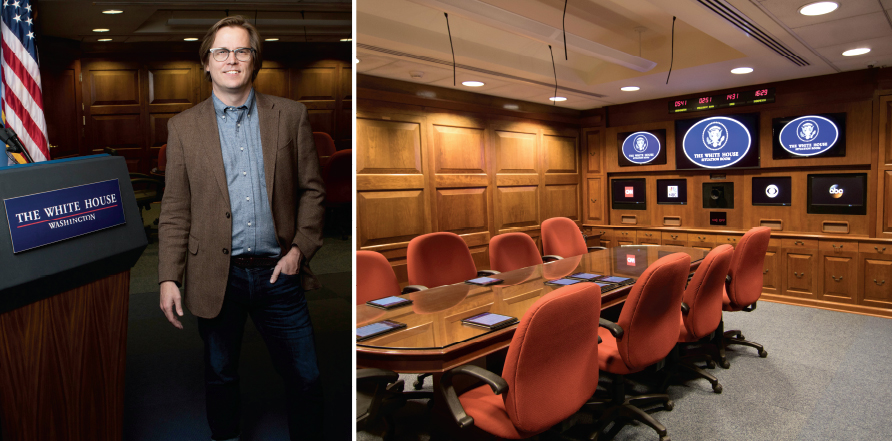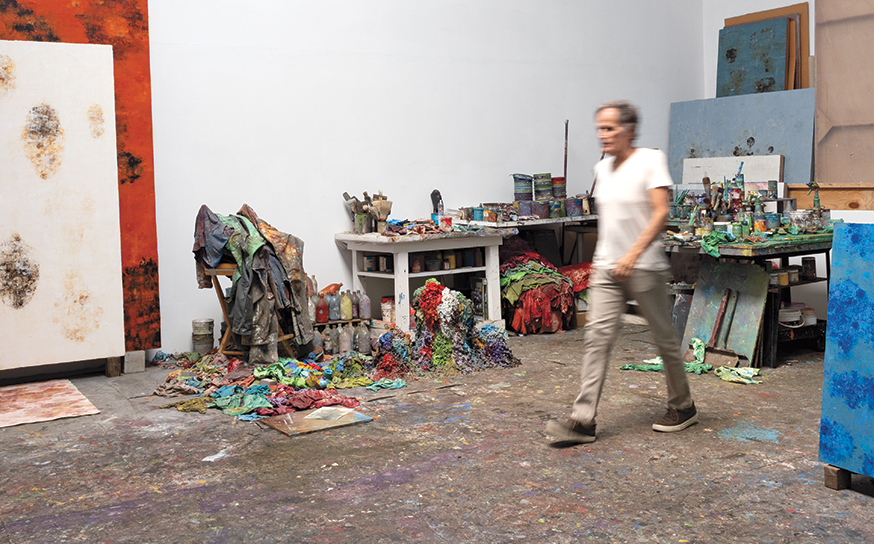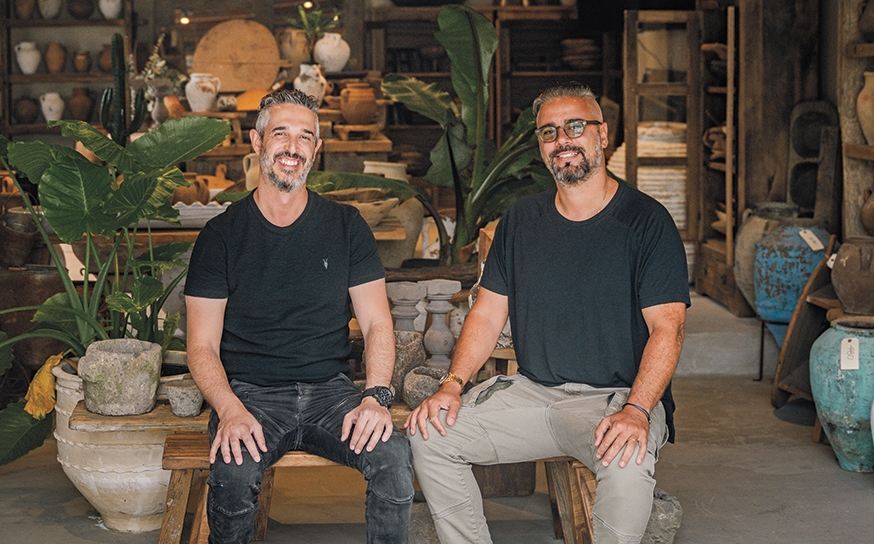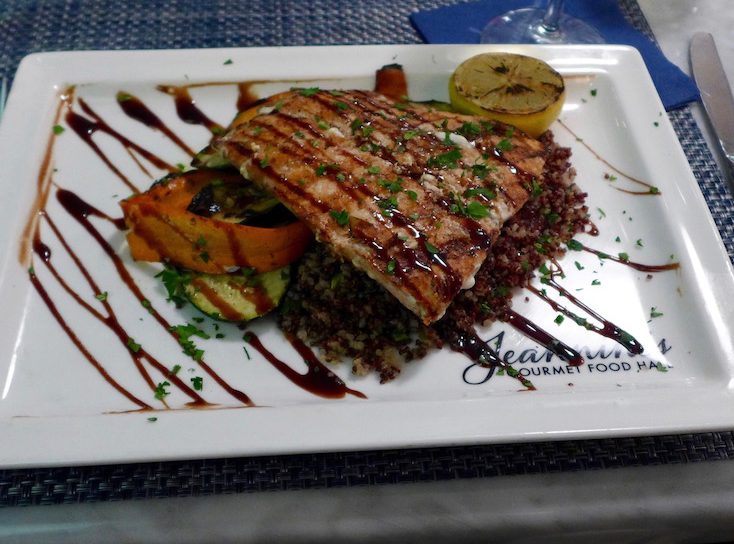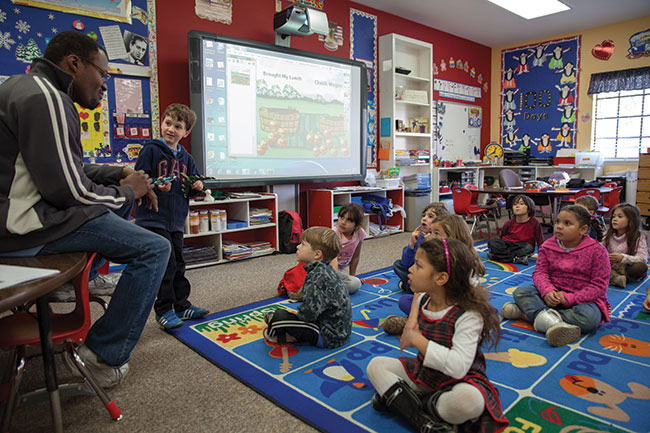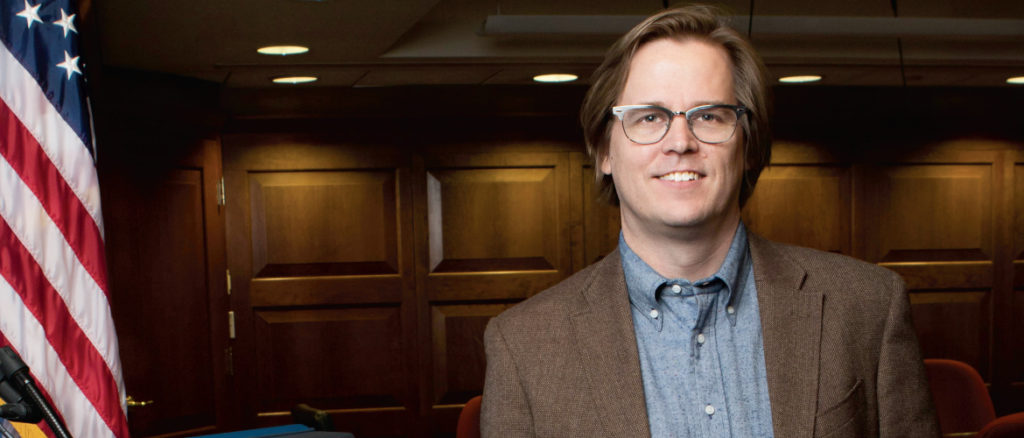
The Situation Room Experience at the Ronald Reagan Museum & Library
“The Situation Room Experience” at the Reagan Library offers students a view of what it’s like to be at the core of a crisis at the White House.
-
CategoryPeople
Photograph by Tameka Jacobs
What would it be like to be inside the White House at the time of a world crisis? That’s what visitors to a new interactive program at the Reagan Library can find out. Using cutting-edge technological programming, hardware and educational theory, “The Situation Room Experience” offers students a 360-degree view of what it’s like to be at the core of an emergency.
VB editor Linda Grasso headed to Simi Valley to sit down with Trey Alsup. The Studio City resident was hired by the Library’s National Archives Team to write and design the simulated experience.
LG: The most amazing thing about The Situation Room Experience how much students feel like they are really going through it. It is not virtual reality.
TA: This is the opposite of virtual reality. It is an educational simulation—which kids today really need. Most kids have a relationship with an electronic device. This is an experience based on human interaction.
LG: How does it work?
TA: We typically have groups of high school or college students. Various roles are assigned to each student from Secretary of Defense to network newscaster.
LG: I’m seeing three different areas: The White House Press Room, The Situation Room and the Hospital Command Center.
TA: With roles assigned, we drop students into a modern, fictional foreign policy crisis. But it’s a crisis based on an event from the Reagan administration. Every detail in the simulation has a “historical analog” to what happened in 1981, when President Reagan was shot. Vice President Bush was not in Washington at the time. There were a couple of hours when essentially no one was in charge.
LG: I understand the simulation uses actual historical artifacts…
TA: In 2006, during the administration of President George W. Bush, they decided to renovate the Situation Room. Nine sitting presidents had used it. So the table, chairs, TVs, microphone, carpet—even instructions on how to put on a gas mask that were taped on a cabinet door—everything was literally removed, put in crates and shipped here.
LG: How did you go about creating this experience?
TA: I had access to records of what happened that day including the National Security Advisor’s records. I wrote 600 pages of content.
LG: I noticed the students get to use iPads and Twitter.
We needed to use current technology but we wanted it to be used to facilitate human interaction. Students get information in real time throughout the simulation and make decisions that can change the direction of the story, but the simulation is really about people talking to each other and making decisions that have real consequences.
LG: Are there any surprises or revelations for students?
TA: They get an understanding of how hard it must be to be in charge and how easy it is for misunderstandings to occur in the heat of the moment. Some of the kids are surprised at their ease in taking a leadership role. Sometimes we’ll see a shy kid blossom as they take on a role like Director of Communications.
LG: What prepared you to design something like this and what is next for you and your firm, Wishcraft Simulations?
TA: I’ve put on large-scale social games at national conventions for the last six years (Battlestar Galactica or Game of Thrones). Going forward, I’m working with the Reagan Library in joint projects with Mount Vernon, the home of George Washington, and a Middle Eastern coup scenario with UCLA.
Group visits to The Situation Room Experience must be arranged by a teacher or school administrator. For more, go to situationroom.archives.gov
Painter and Sculptor Charles Fine Says Growing Up Valley is a Major Influence in His Art
Indelible impressions.





